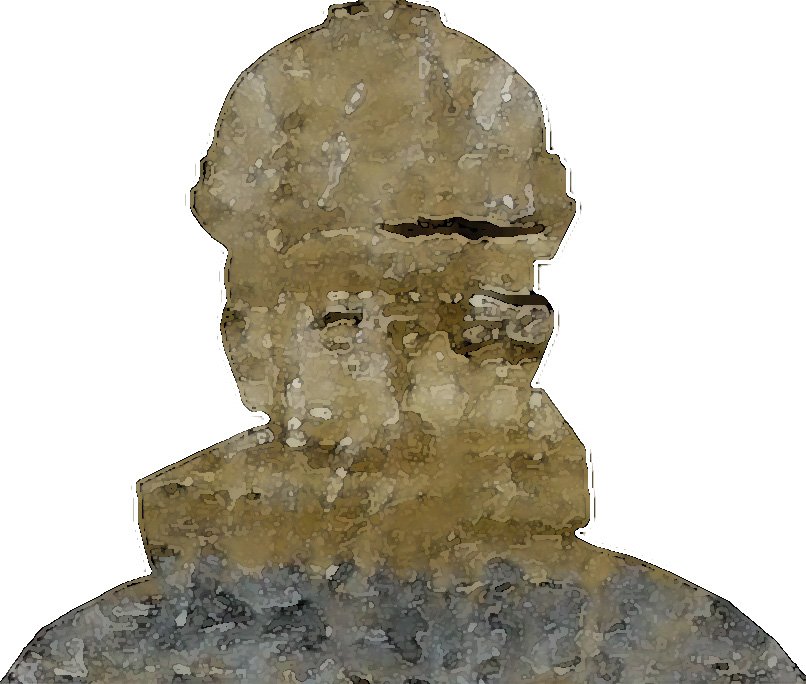Stone sample panels – what should you be looking for?
Selecting the correct stone for a project is arguably the most important part of a project, and certainly an important part of avoiding issues a few years down the line.
In one of the earlier pieces in this column, we looked, in a general way, at some key steps to ensure correct stone selection. This time we will hone in on one specific aspect of this process – what to look for in a stone sample panel.
While this may seem like a very niche topic, it affects so much of the selection process and deserves a more in-depth discussion.
The mine or quarry you source your stone from should have range / control panels showing the geological characteristics typically found in the various beds available.
This provides the architect or specifier with the truest indication of the variation they can expect to find in stone from the bed they are using. These panels are vital for effective management of client expectations. The variations in stone are what makes it stand out as a natural product and are an essential part of the character of a stone building. They are fundamental to the character and aesthetic of natural stone.
If this is understood, this unique aesthetic of natural stone can be celebrated and built into the design. If it is not understood, and acceptable levels of variation agreed, it can be a cause of tensions between the quarry and the architect.
It is ultimately the responsibility of the quarry or mine to select a suitable number of samples from various blocks from the chosen bed to show a representative range of geological variations the stone presents.
If a production company has already bought the blocks it wants, the determination of acceptable variation can be determined at the mason’s works, but quarry or mine operator should still be closely involved and consulted.
The range / control panels from the different quarries and different beds should be carefully inspected and then the final selection should be made and high resolution photographs taken for future reference.
There is a fantastic range of indigenous British stone available in a wide variety of colours and textures, each offering architects a unique aesthetic.
By following these steps and understanding the expected variations on the material of choice, an architect will be able to make full use of these natural nuances and, in so doing, encourage the client to embrace this uniqueness.
The rejection of geological characteristics naturally found in stone will typically result in increased costs and prolonged procurement times through abortive cutting. It will increase the wastage, thereby impacting on the carbon footprint and the overall sustainability of the supply. When selecting stone, it is sensible to be advised on value engineering by the stone companies involved, the quarriers and the stonemasons.
Any comparison between the range / control samples and the actual production should be conducted in normal daylight for external stonework or, perhaps, similar light conditions to the project for internal works.
Wherever possible, samples should be viewed from a distance of 2m, as stated in all the relevant British Standards, and in the orientation in which the stone will be used.

